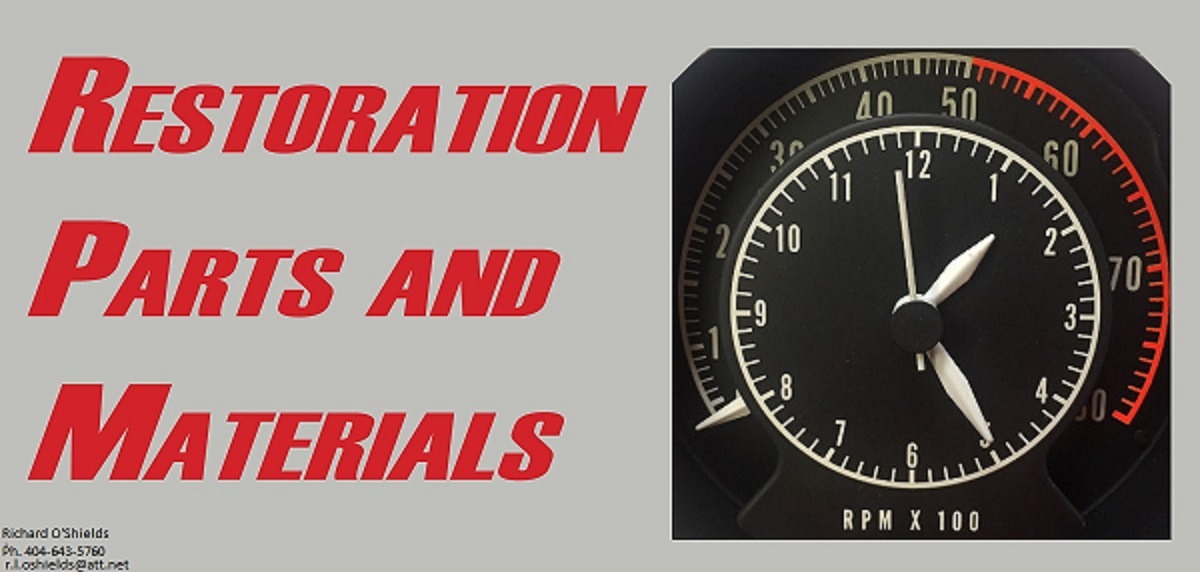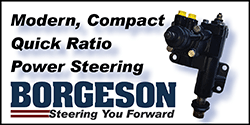UGW
Member
It wouldn't hurt if you want to do the job perfectly - factory service manual combines that with a torque wrench for a specific reading. However, I doubt most independent shops had that tool, even in 1966.I also read this article here: ( Chrysler Alternator Belt Tension Tool ) Question, do I need this part too to set the tension correctly or is there a work-a-around?
I adjusted my belts recently, and I just braced a pry bar between the alternator and the water pump to achieve tension. (Heck, if you're strong enough, you might just grab the alternator with your hand and pull it into position.) Obviously, be careful, the alternator is aluminum, and there is a lot of important stuff in that area, but if you are gentle any lever should work. The problem with this is there's no scientific way to measure the exact tension, so if that matters to you, get the tool. (I'll probably buy one the next time I have an order and already pay for shipping.)
Last edited:
















